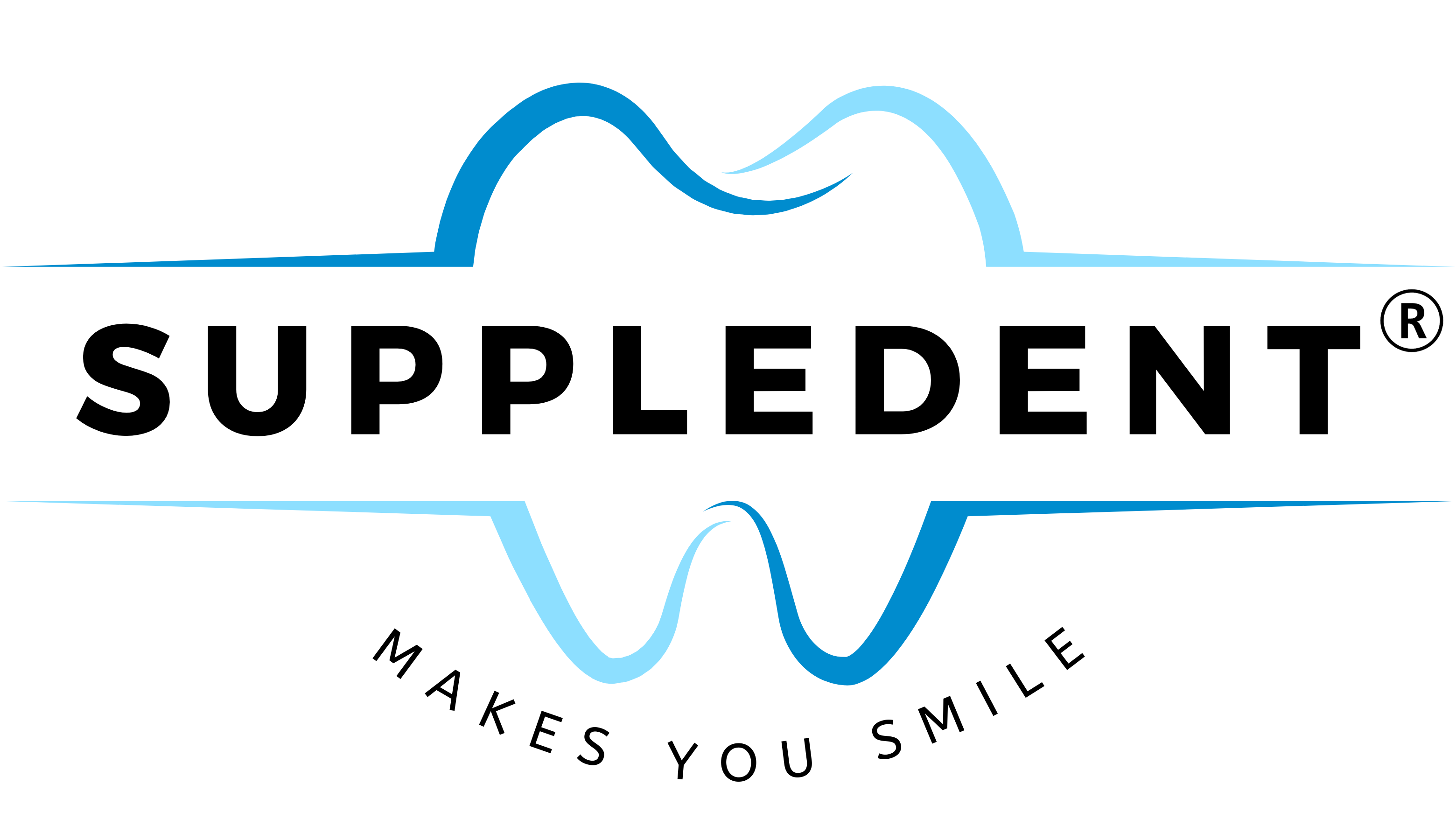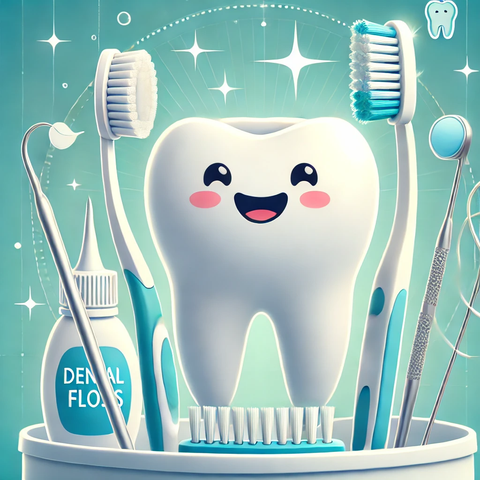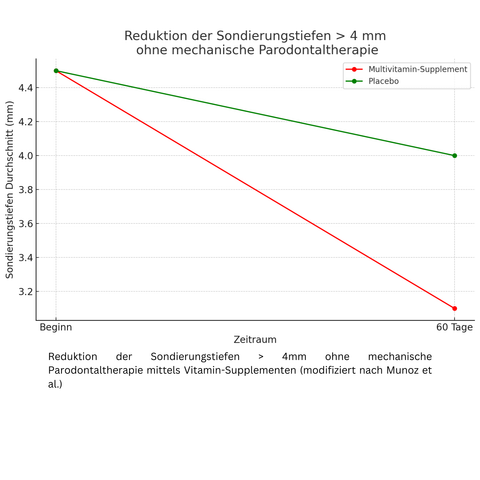Many people brush their teeth regularly, but the spaces between their teeth often go untouched. This is precisely where food debris and bacteria accumulate, which can cause tooth decay and gum disease. Thorough cleaning between the teeth is therefore essential for healthy teeth and gums.
Why are the spaces between teeth so important?
The toothbrush only reaches about 60% of the tooth surface—the rest, especially the narrow gaps between the teeth, often goes unbrushed. Bacteria settle in these spaces, causing plaque and tartar. If left untouched, these deposits can lead to gum inflammation (gingivitis), tooth decay , or even periodontitis .
What tools are available for cleaning between the teeth?
There are various ways to thoroughly clean between your teeth. The choice of the right tool depends on your individual tooth position, the amount of space between your teeth, and personal preference.
Dental floss
Dental floss is especially suitable for narrow interdental spaces. It removes food debris and plaque that accumulate between the teeth. Proper technique is important: The floss should be carefully guided between the teeth and pulled along the tooth surfaces in a C-shape.
Interdental brushes
Interdental brushes are small brushes specifically designed for larger spaces between teeth. They clean more effectively than dental floss and are especially suitable for people with gum problems or bridges. The right size is crucial – a brush that's too small won't clean thoroughly, and one that's too large can injure the gums.
Oral irrigators
Oral irrigators use a jet of water to flush food debris and plaque from between the teeth. They're a good complement to floss or interdental brushes, but they're not a complete replacement. An oral irrigator can be particularly helpful for people with braces or dental implants.
Wooden or rubber sticks
These flexible sticks are an alternative to interdental brushes and dental floss. They are easy to use and especially suitable for people who have difficulty using other tools.
How often should you clean between your teeth?
Ideally, the spaces between your teeth should be cleaned once a day, preferably in the evening before bedtime. This removes food debris and plaque before bacteria can multiply overnight.
The most common mistakes when cleaning between teeth
• Too much pressure : Pressing too hard can injure the gums and cause them to recede.
• Irregular use : Using dental floss or interdental brushes only occasionally is not enough.
• Incorrect technique : Dental floss should be guided gently and not pressed between the teeth with a sawing motion.
• Not choosing the right size : When it comes to interdental brushes, it is important to use the right size.
Cleaning between your teeth is a crucial part of dental care and helps prevent cavities and gum disease. Whether it's flossing, interdental brushing, or a water flosser, the most important thing is to find a method that you use regularly. This is the only way to keep your teeth healthy in the long term.




